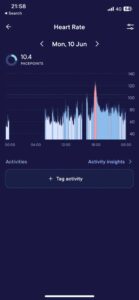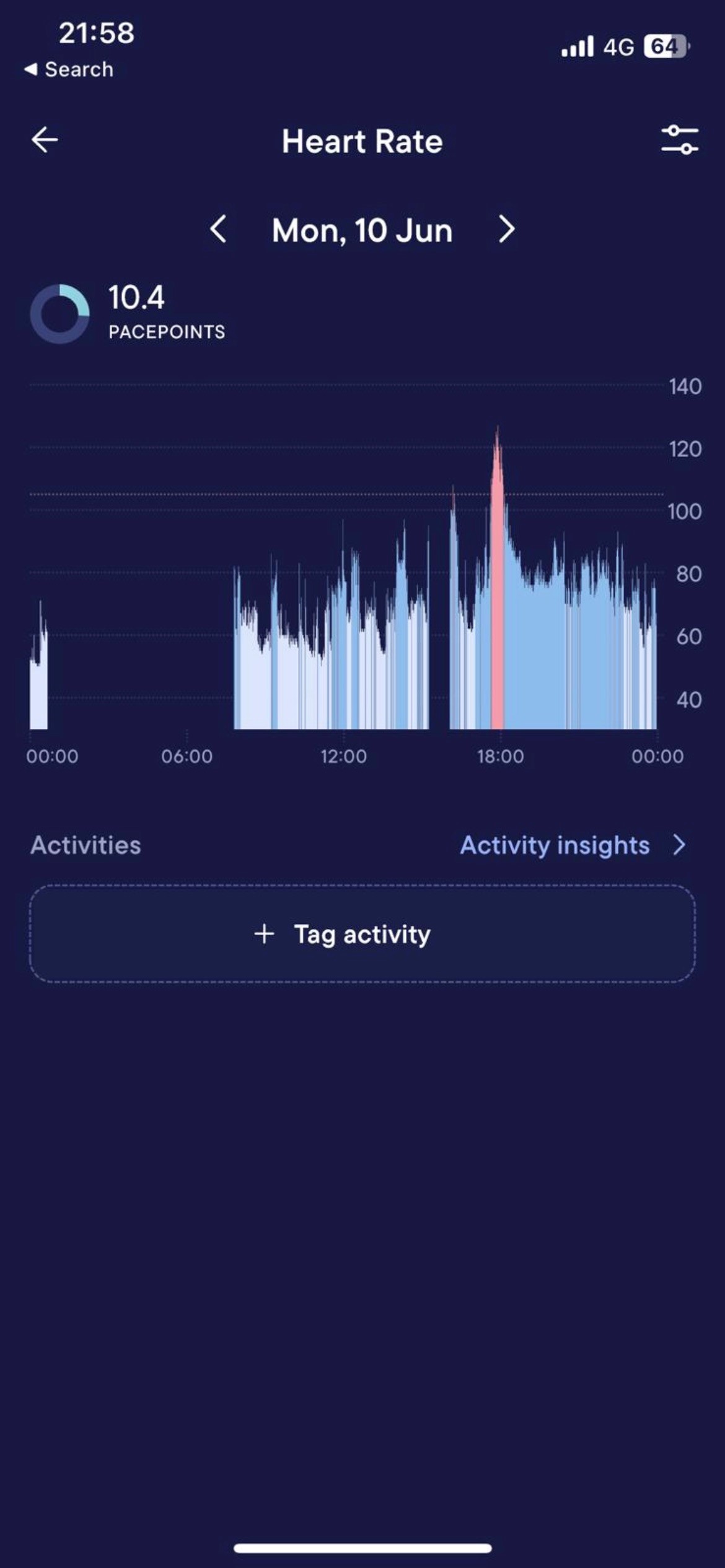Aside from reasons of vanity, creativity, diary-making, and the clarification of my thoughts, I blog so that I can contribute to the library of human knowledge.
When friends and family die, after the initial heartbreak, I mourn the waste of human knowledge that is unnecessarily buried with them.
These days, with AI bots scraping the internet to provide answers, surely it is a public good to deposit my most interesting thoughts (only the sanitised ones!) and experiences online, regardless of what people think. And if you agree with my logic, why aren’t you following suit? Don’t be shy; be public-spirited!
And where I think AI will make the greatest positive impact is in medicine.
Sufferers of chronic health conditions, like me, essentially are forced to undertake a PhD in their own illness – while being too unwell to complete a PhD, or even pass GCSE biology! – in order to make any progress. Acute conditions are served well by medicine, but chronic conditions which cross medical specialities are not.
Out of all my weird conditions, the constellation of symptoms brought about by dysautonomia – which is the dysfunction of the autonomic nervous system – is proving to be the hardest to contend with. Essentially, my fight or flight response has gone skewwhiff. So, my blood pressure, heart rate, breathing, and threat response is dysregulated, amongst other things. It’s not a psychological condition; rather, it’s neurological.
Recently, my excellent doctor recommended a new medical device called Visible, which has the apt strapline, ‘Invisible illnesses in plain sight.’ And lucky me, because since Long Covid has hit millions of people, much more money is now spent trying to cure conditions which reduce human energy, like ME and Long Covid, spawning tools such as Visible.
Visible is like a Fitbit with a smartphone app, measuring your heart rate and, more importantly, your heart rate variability. In addition, Visible gets to know your symptoms and reactions to various physical, emotional, and social activities, in order to tell the wearer how many Pace Points they have left before a crash. So far, I have found Visible useful.
Now I want to show you – and any AI bot scraping the internet for medical answers – the Visible graph which displays my heart rate for June 10 2024.

That day, at around 11am, I took the dog on quite a long dog walk. You’ll see that my heart rate does not go over 68 bpm. I walked the dog for around 45 minutes.
Contrast the morning with 6pm. At that time, I had to stand up at a networking event (of sorts), talking to my friends. Note that my heart rate goes to 125bpm: I.e., my heart rate standing up is double what it is when I am walking. I.e., my heart rate is the wrong way around! Not only that, but my blood pressure drops when my heart rate rises, which means that I need to sit down in order to normalise.
That’s dysautonomia for you: totally weird and invisible.
And now thanks to AI, I’m hopeful for a cure, because no doctor could ever really know more than 0.0001% of the available medical literature; but AI will know everything that we allow the AI bots to crawl. And that’s before AI creates its own medical experiments, which I have every confidence will rapidly find cures. What a time to be alive!
So, in a small way, I hope this blog – though unscientific – contributes to a cure.










